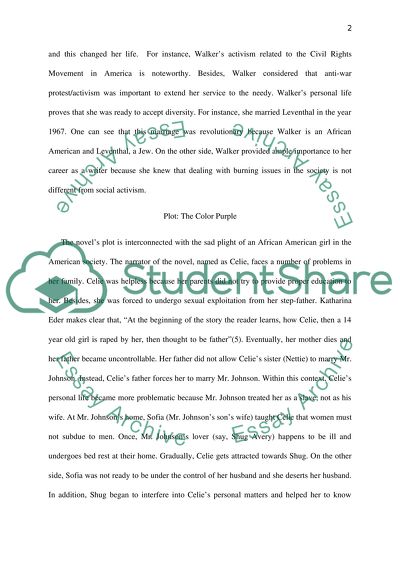Cite this document
(“The Color Purple by Alice Walker Essay Example | Topics and Well Written Essays - 3000 words”, n.d.)
Retrieved from https://studentshare.org/english/1404265-writer-s-choose
Retrieved from https://studentshare.org/english/1404265-writer-s-choose
(The Color Purple by Alice Walker Essay Example | Topics and Well Written Essays - 3000 Words)
https://studentshare.org/english/1404265-writer-s-choose.
https://studentshare.org/english/1404265-writer-s-choose.
“The Color Purple by Alice Walker Essay Example | Topics and Well Written Essays - 3000 Words”, n.d. https://studentshare.org/english/1404265-writer-s-choose.


